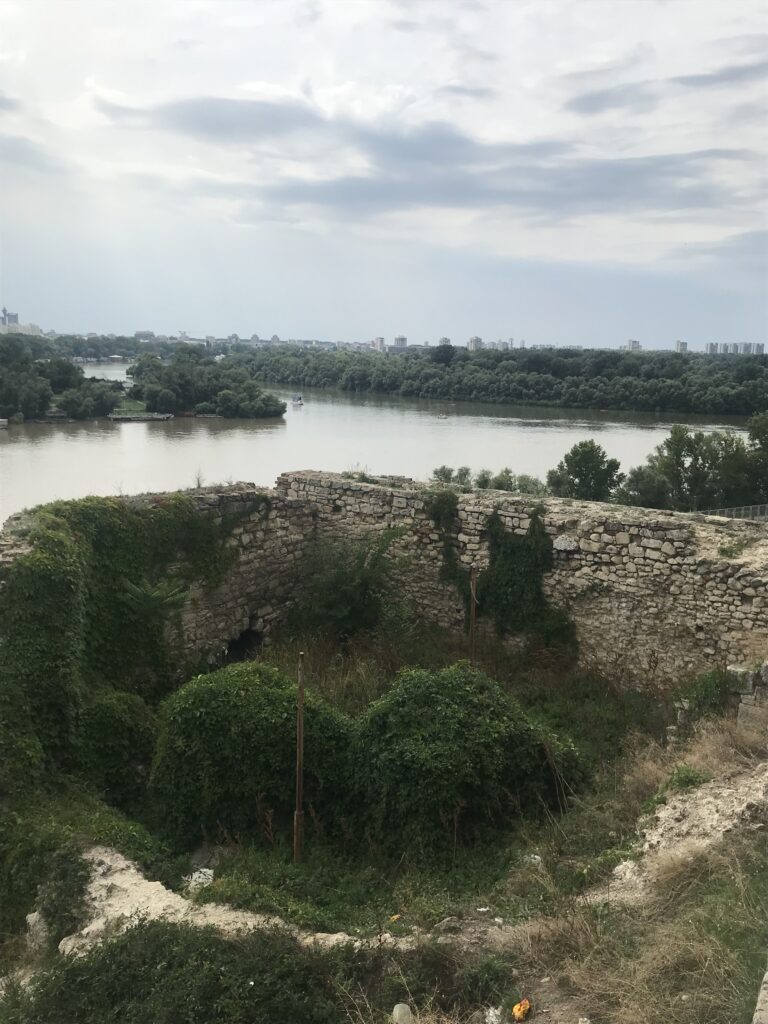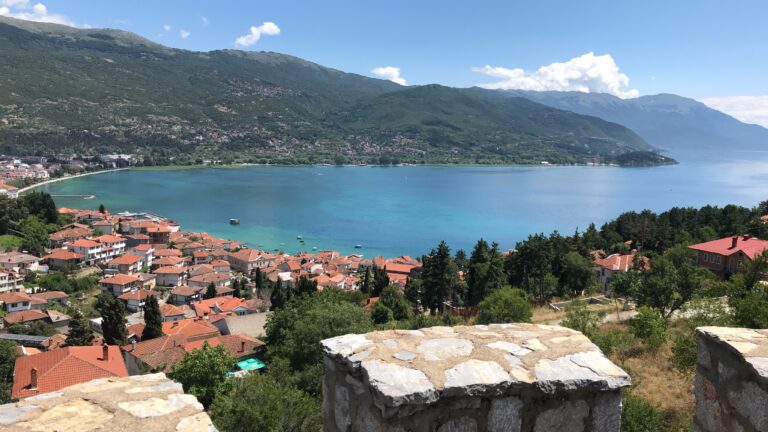lyon
After leaving Chamonix, we rolled into Lyon, set at the confluence of the Rhône and Saône and widely known as France’s gastronomic capital. Its Historic Site of Lyon—from Fourvière Hill to Vieux Lyon and the Presqu’île—is a UNESCO World Heritage area, where Roman roots, Renaissance streets, and 19th-century boulevards sit side by side.
We began on Fourvière Hill at the Basilica of Notre-Dame de Fourvière. Built in the late 1800s in a bold neo-Byzantine style, it’s both a symbol of the city’s faith and the best balcony over Lyon. Inside, shimmering mosaics and chapels tell Lyon’s story; outside, the terrace lays the whole city at your feet.
Just below, the Théâtre Gallo-Romain anchors Lyon’s Roman past as Lugdunum, once the capital of Gaul. The stones still host performances during Nuits de Fourvière—living archaeology with a skyline.
Down in the slopes of Croix-Rousse, the Mur des Canuts—one of the world’s largest trompe-l’œil murals—salutes the silk workers (canuts) whose uprisings and craftsmanship shaped Lyon’s identity. In the Presqu’île, Place Bellecour spreads out as one of Europe’s largest squares; here we found the Saint-Exupéry statue with the Little Prince, a tender nod to Lyon’s most beloved author. We also passed the Opéra National de Lyon, its 19th-century shell crowned by Jean Nouvel’s sleek glass roof.
And then—Lyon’s tables. Bouchons are the city’s soul: humble taverns that grew with the silk industry. The name likely comes from the straw “bunches” once hung outside to mark an inn. Today they serve comfort classics—quenelles, andouillette, tablier de sapeur, and cervelle de canut—the very dishes that earned Lyon its culinary crown. We slipped into Le Bouchon des Cordeliers and Café Terroir for the full, convivial experience. Another memorable dinner was at Kass Poz Restaurant, where Mauritian flavors added a colorful and unexpected twist to our Lyonnaise journey.
Short, tasty stops dotted the day: a great burger at l’Alchimiste; pastries from Boulangerie les Artistes; coffee and cake at La Boîte à Café; and a meaningful pause at Café Joyeux, where a warm team with Down syndrome makes hospitality feel even more human.
Lyon also hides secrets below the surface. We tried to trace its traboules, the hidden passageways weaving through courtyards and between streets. Originally built for silk workers to move their delicate fabrics under cover, these tunnels later sheltered Resistance fighters in World War II. Walking the streets knowing such networks exist beneath gave Lyon an extra layer of intrigue.
Lyon felt like a city that eats well, remembers well, and looks far—Roman stones underfoot, Renaissance façades at eye level, and that Fourvière skyline always in view.









































